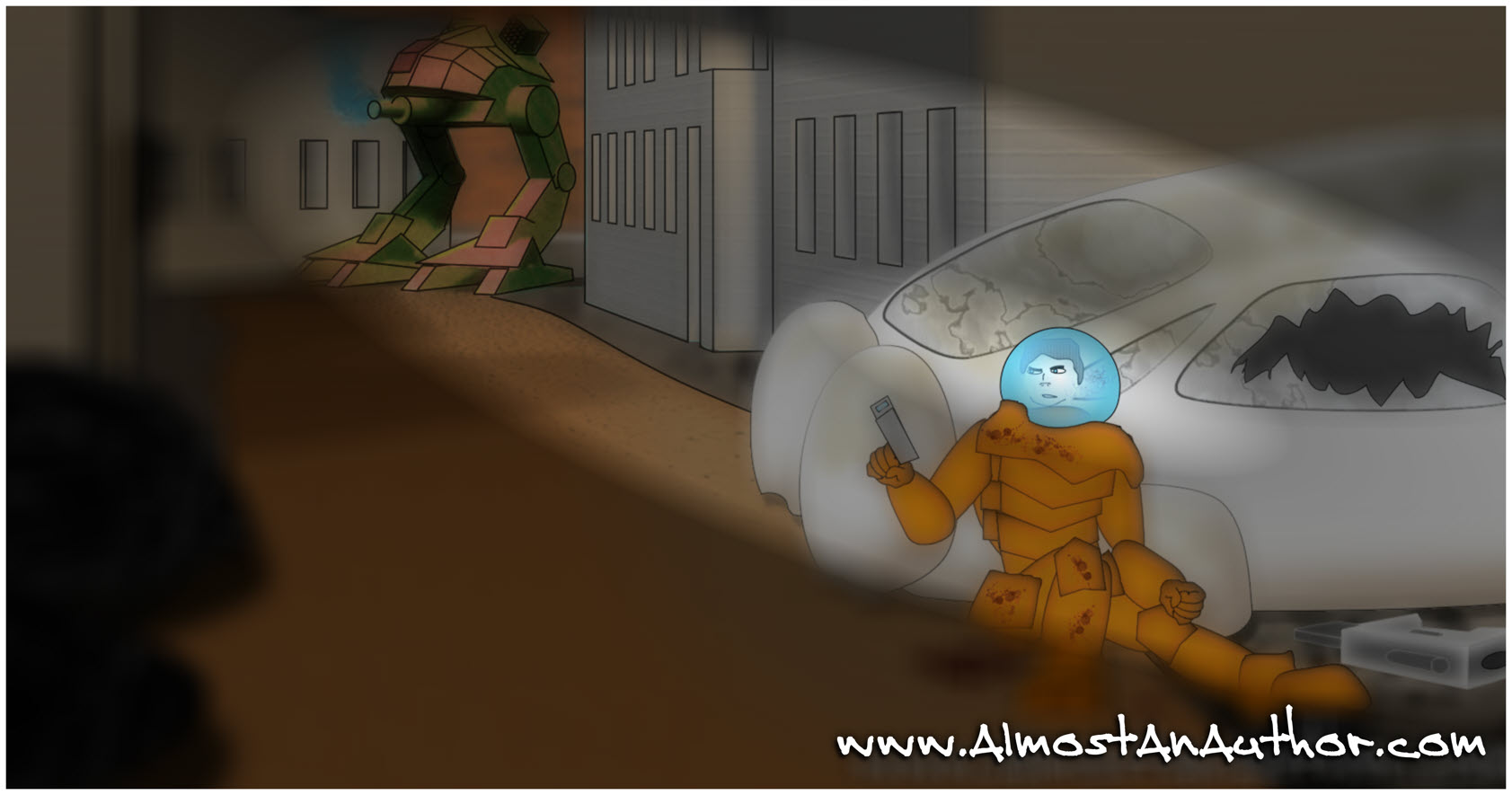
World-building From the Eyes of a Character
The carbine was still jammed and Jim couldn’t do anything to fix it. He finally tossed it aside and…
November 9, 2016
The carbine was still jammed and Jim couldn’t do anything to fix it. He finally tossed it aside and…
November 9, 2016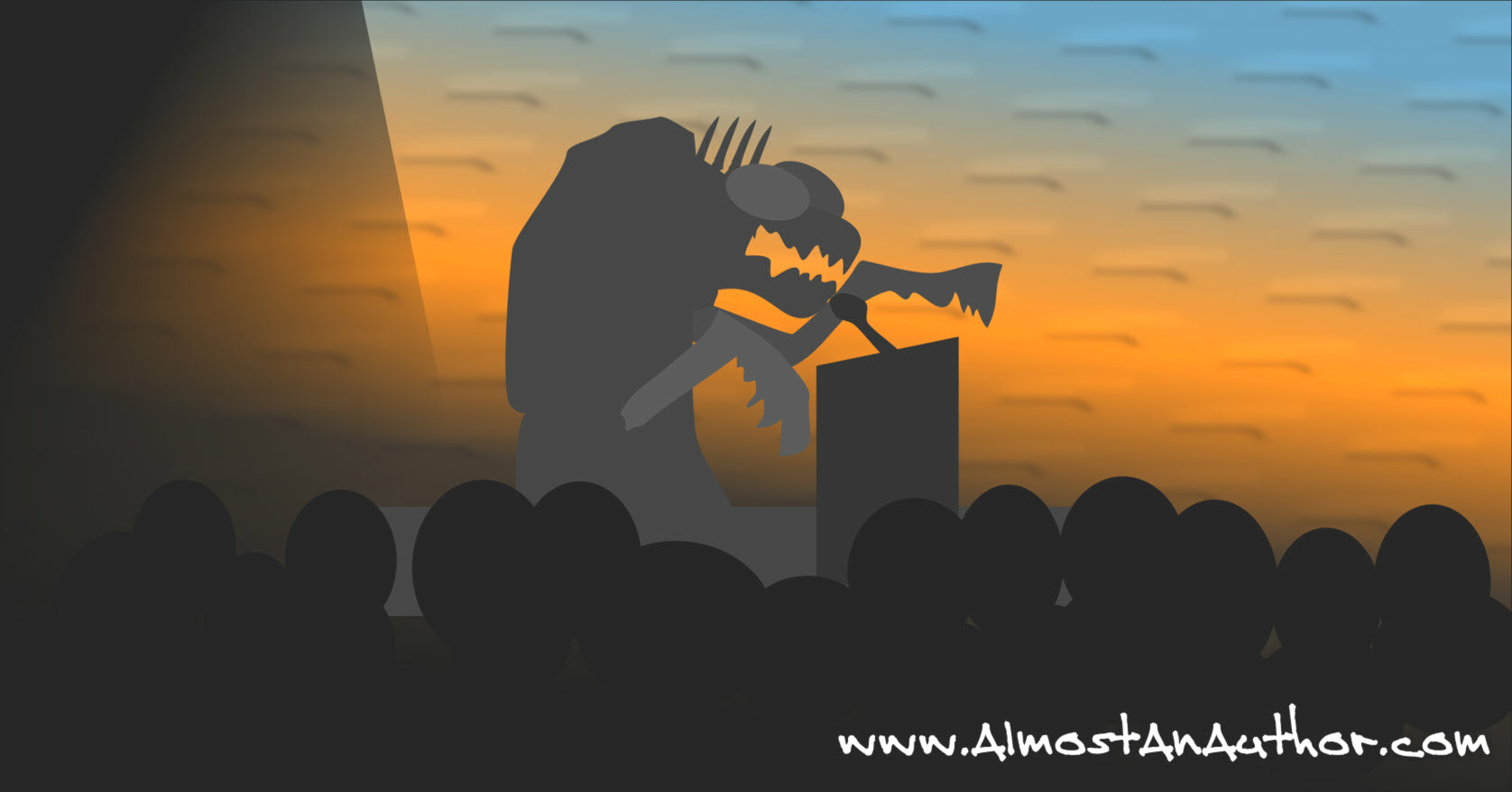
The murmur of countless alien tongues subsided as the chairman of the interstellar council called for order. The delegates…
October 11, 2016
We discussed the first three suggestion to overcoming writing obstacles in an earlier blog. Run, walk, exercise – stir…
August 17, 2016
The setting sold us. A property with mature trees and a creek running behind it. Even in March, with…
July 25, 2016
The subject of creativity has always fascinated me. Where does it originate? How can I access more of it?…
July 2, 2016
You may ask what the following three strategies have to do with creativity. I think we can all agree…
June 3, 2016
Obstacles. Disguised in various ways, they reveal the same evil – blocks to what we want to achieve or…
June 2, 2016
Welcome to The Creativity Kit! Each month tips and tools to help boost your creativity skills will be found…
May 3, 2016
What do children’s publishers want? That is the question that all children’s writers long to have answered. What is…
April 11, 2016
In honor of National Poetry Month (April), I thought we could take a few moments to explore writing a…
April 5, 2016
When I was in India recently, our team leader told of an Indian child who asked her if the…
February 29, 2016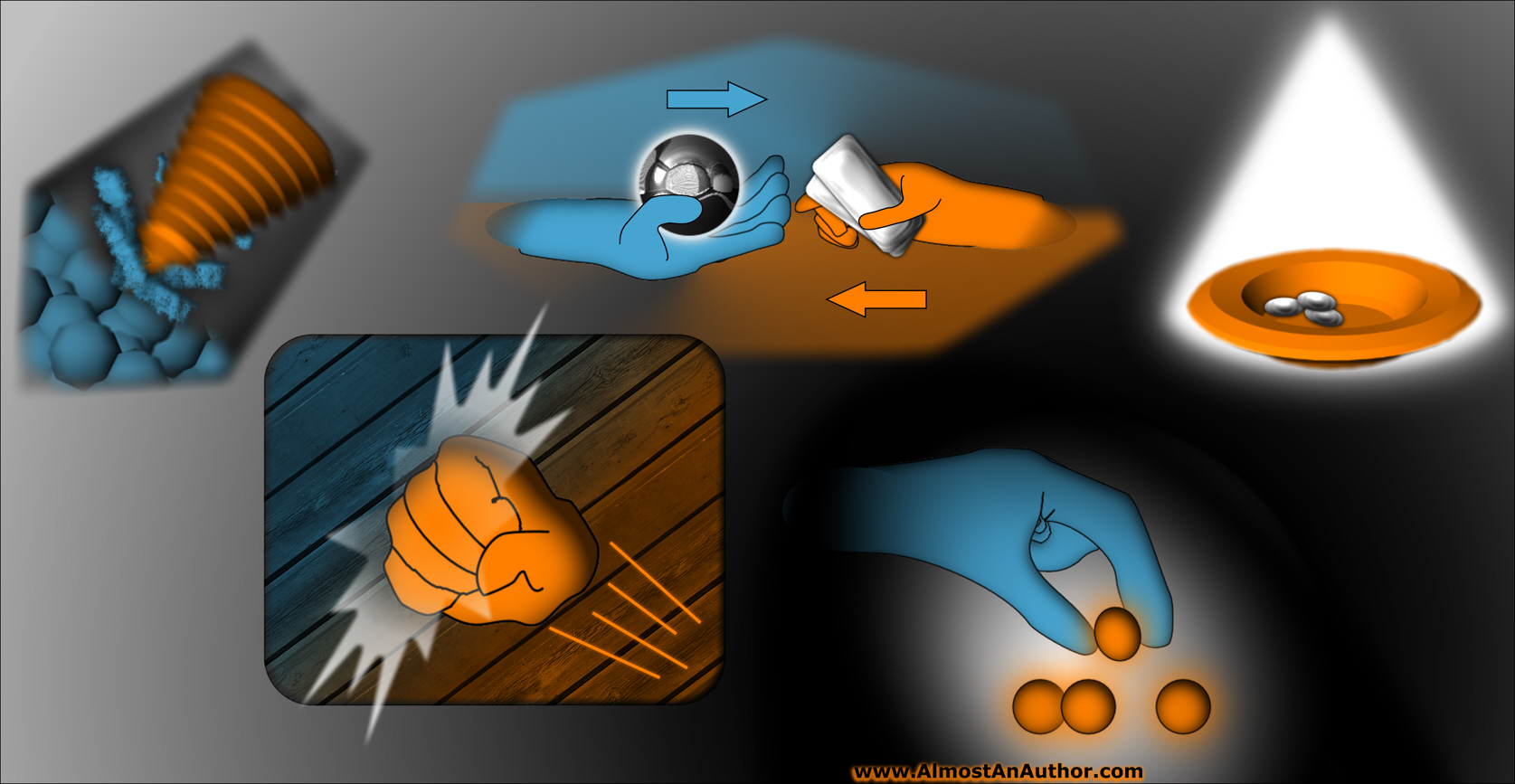
When writing a speculative fiction novel, determine what the things of value are in your world. Water, food, shelter-building resources,…
February 7, 2016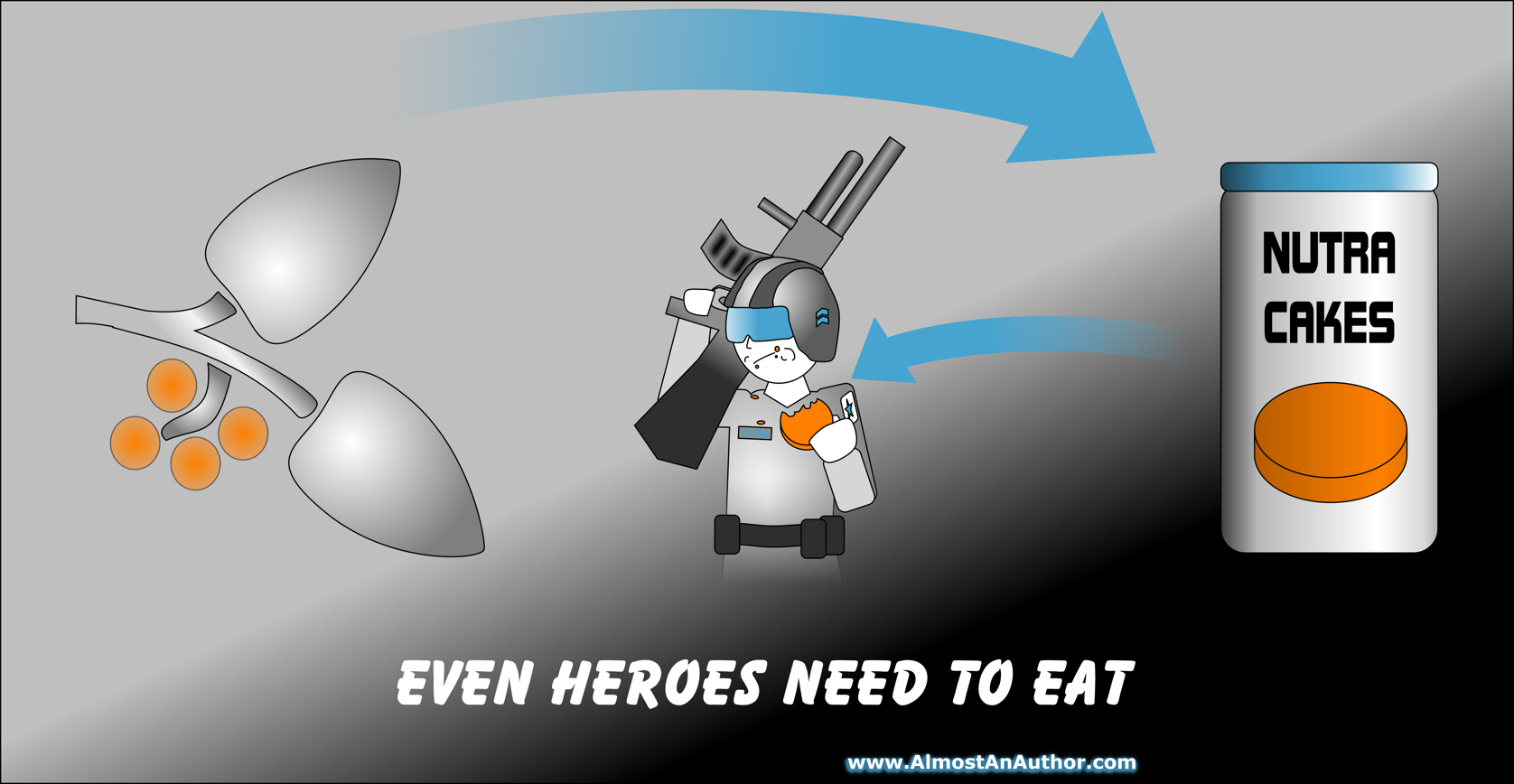
Regardless how fantastic the setting, the people in your book must treat their environment as commonplace. A character who…
November 28, 2015
Thanks to my past teen self, I will never run out of book ideas. I spent those years writing pages…
August 25, 2015
We’ve all been there. Deadlines are looming for our blog or our novels. A tingling in the pit of…
July 22, 2015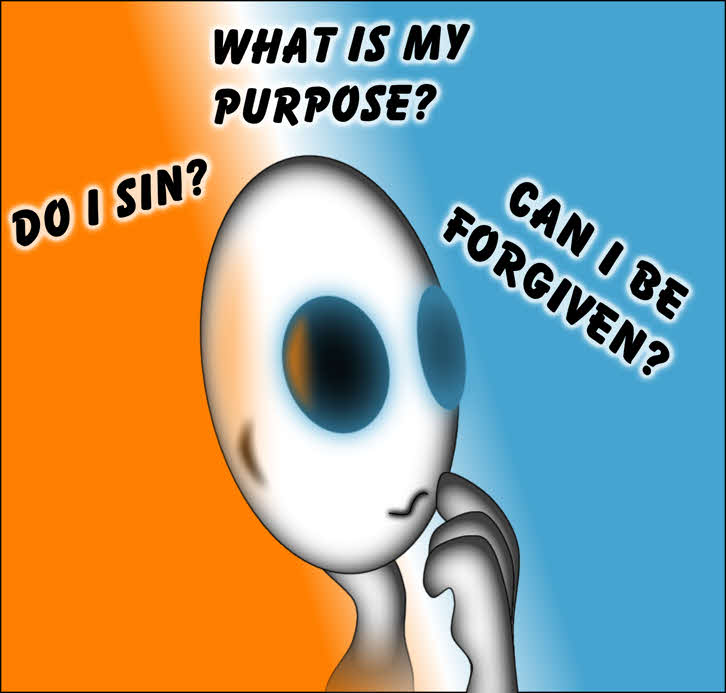
Atheists believe all creatures evolved over countless millennia of bloodshed, allowing only the fittest members of a species to…
July 3, 2015